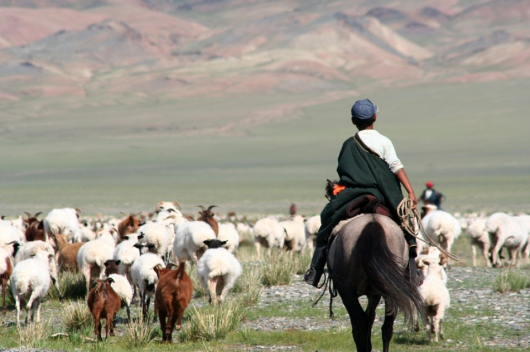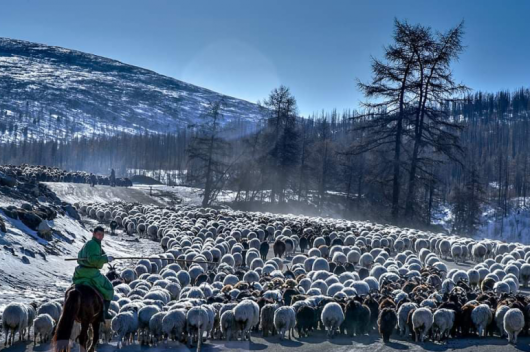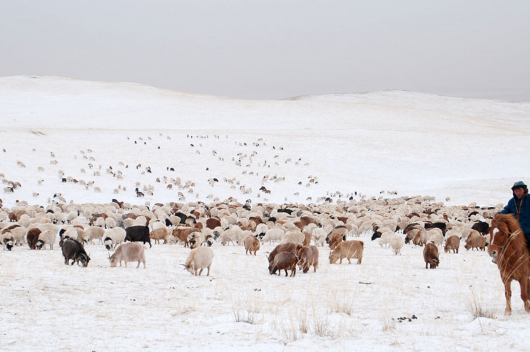The administrations of Mongolia’s 21 provinces have reported that winter preparation is nearly 90 percent completed. However, less snow has fallen than usual this winter which has caused a ‘dry dzud’ in some parts of the country. Severe winters that kill large numbers of livestock are so common in Mongolia that there is a special word for the phenomenon: dzud. Different categories of dzud exist: white, for heavy snow that prevents animals from reaching forage; black, for lack of precipitation and long, thirsty months; iron, for winters with a short thaw and subsequent hard freeze that locks up pastures in ice; and cold, for extremely low temperatures that cause animals to burn through their fat reserves.
Currently, the Gobi and steppes of Mongolia are experiencing a snowless winter. The national meteorological agency reports that there will be dust storms and high winds in Mongolia in March.
 3,413.51
3,413.51












Related News